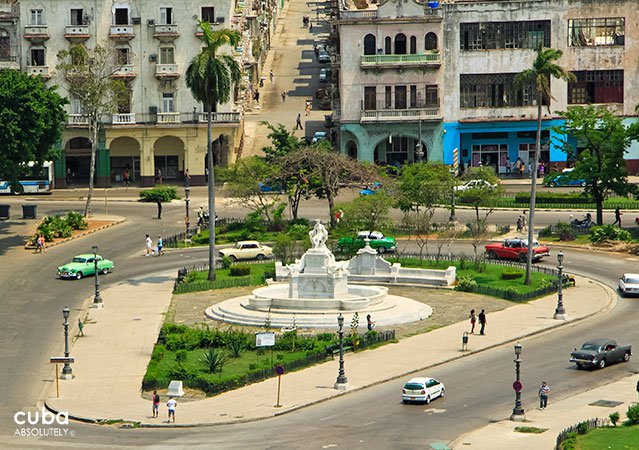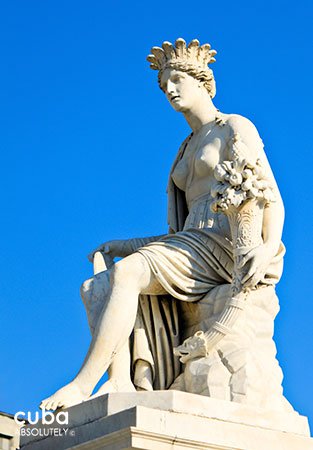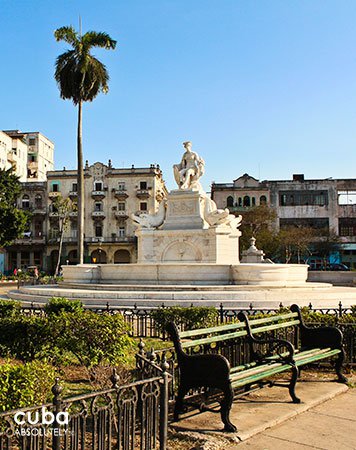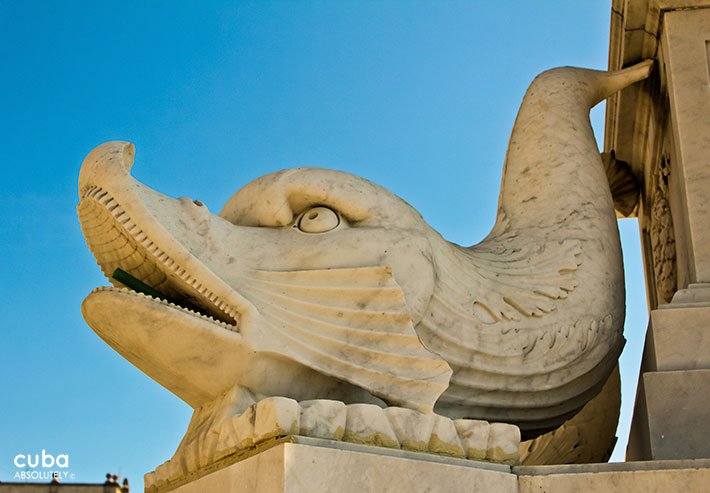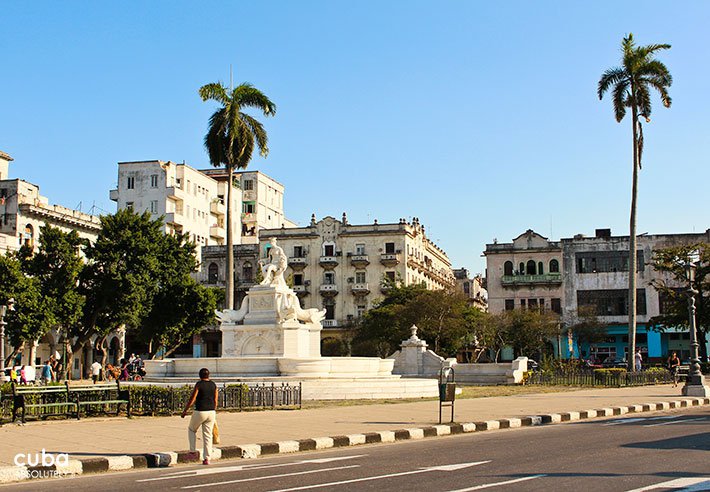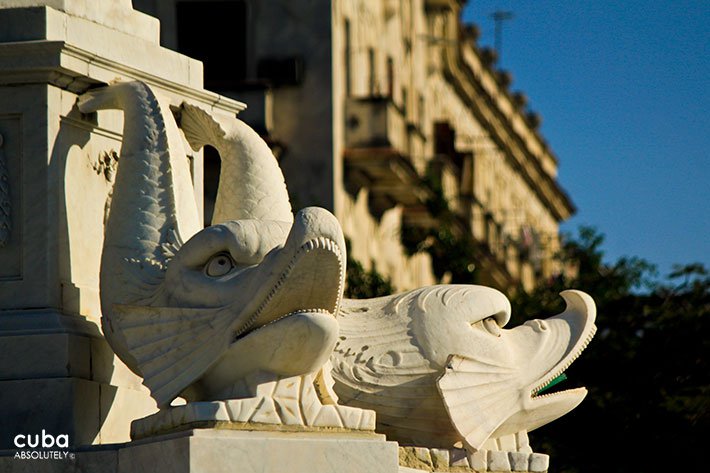This fountain, which is known by either name, is a representation of the mythical Indian woman called Habana, the wife of cacique Habaguanex who ruled in the area before the arrival of Columbus. The fountain, which is around three meters high, was brought from Italy in 1837 and designed by the Italian architect Giuseppe Gaggini. Made in white Carrara marble, the Indian woman sits on a pedestal surrounded by four dolphins, which are the dispensers of the water that falls on huge shells. She is adorned with a crown of feathers, while on her left hand she holds a cornucopia of Cuban fruits. On her right hand, she holds an oval shield bearing the city’s coat of arms.

Apartment building LH  1
1
Constructed on piles–a solution that is essentially in the style of Le Corbusier, which apart from transmitting a sort of lightness to the building, makes the corner lose its traditional compactness; …
 Modern23 y 26
Modern23 y 26 
Unión Árabe de Cuba LH  1
1
This is the venue of the Unión Árabe de Cuba, which represents around 50,000 Arab descendants from all over the country. It has a small art gallery which features Arab-influenced art and ceramics.

Solimar Building LH  1
1
An interesting and typical example of the Streamline movement which preferred rounded corners and a sensation of motion can be seen in this building built in 1944. The recovery of simple forms and the …
 Art DecoSoledad esquina a San Lázaro
Art DecoSoledad esquina a San Lázaro 
Estación Central de Ferrocarriles LH  1
1
The building of the railway station, expression of the Spanish plateresque style, was built in 1912 on the site of the former Armory. It has four floors with 77 windows and the main entrance is rounde …
 EclecticAdmission: FreeEgido esq. a Arsenal, Habana Vieja
EclecticAdmission: FreeEgido esq. a Arsenal, Habana Vieja 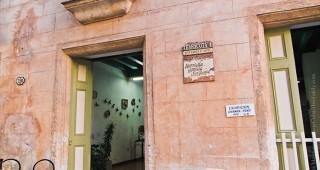
Terracota 4 LH  1
1
This is the studio-gallery of ceramicists Amelia Carballo and Ángel Norniella. Their work shows a wide variety of influences and techniques, including the millenary raku, and as the name suggests focu …

Palacio del Segundo Cabo
In 1770 the Spanish Crown decided to construct a building next to the Castillo de la Real Fuerza on the north side of the Plaza de Armas to serve as the Royal Post Office, responsible for all postal c …
 BaroqueAdmission: n-aO’Reilly #4, esq. a Cuba, Habana Vieja
BaroqueAdmission: n-aO’Reilly #4, esq. a Cuba, Habana Vieja 